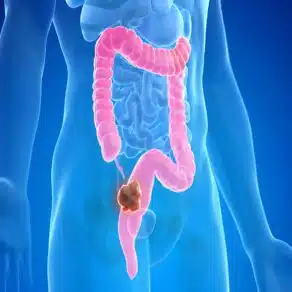Introduction: Endometriosis is a challenging condition affecting millions of women globally, with symptoms that can significantly impact daily life. Among these symptoms, endometriosis bleeding is one of the most distressing and misunderstood. This article aims to shed light on the causes, symptoms, and effective management strategies for endometriosis-related bleeding.
in this article
Understanding Endometriosis and its Effects:
Endometriosis is characterized by the growth of tissue similar to the lining of the uterus outside the uterus. This tissue responds to hormonal changes during the menstrual cycle, leading to inflammation, pain, and abnormal bleeding. While bleeding is a normal part of menstruation, women with endometriosis often experience heavier or irregular bleeding, which can be debilitating.
Causes of Endometriosis Bleeding:
Several factors contribute to endometriosis-related bleeding:
- Hormonal Imbalance: Endometriosis is influenced by hormonal fluctuations, particularly estrogen. Imbalances in estrogen levels can lead to excessive growth of endometrial tissue, resulting in heavy or prolonged menstrual bleeding.
- Inflammation: Chronic inflammation associated with endometriosis can affect the lining of the uterus and surrounding tissues, leading to abnormal bleeding patterns.
- Endometrial Lesions: Endometrial lesions or growths can develop on organs such as the ovaries, fallopian tubes, or bowel. These lesions can cause irritation, bleeding, and scarring, further exacerbating symptoms.
Symptoms of Endometriosis Bleeding:
Endometrioma bleeding presents with various symptoms, including:
- Heavy menstrual bleeding (menorrhagia)
- Irregular menstrual cycles
- Bleeding between periods (metrorrhagia)
- Painful periods (dysmenorrhea)
- Passing blood clots during menstruation
- Pelvic pain or discomfort
Management Strategies:
Managing Endometrioma bleeding requires a comprehensive approach tailored to individual needs. Here are some effective strategies:
- Pain Management: Over-the-counter pain relievers such as ibuprofen or acetaminophen can help alleviate menstrual pain and discomfort associated with endometriosis bleeding.
- Hormonal Therapy: Hormonal treatments such as birth control pills, hormonal IUDs, or GnRH agonists can help regulate menstrual cycles, reduce bleeding, and alleviate symptoms of Endometrial Tissue Growth.
- Surgical Interventions: In severe cases of endometriosis where conservative treatments fail to provide relief, surgical options such as laparoscopic excision or hysterectomy may be considered to remove endometrial growths and control Hematorrhagia.
- Lifestyle Modifications: Maintaining a healthy lifestyle, including regular exercise, balanced nutrition, and stress management, can help support overall well-being and may reduce the severity of endometriosis symptoms, including Hematorrhagia.
Conclusion: Endometrioma bleeding can significantly impact the physical and emotional well-being of affected individuals. By understanding the underlying causes and implementing appropriate management strategies, women with endometriosis can find relief from symptoms and improve their quality of life. If you experience persistent or severe bleeding associated with Endometrial Tissue Growth, it’s essential to consult with a healthcare provider for proper evaluation and personalized treatment. With the right support and management approach, women with endometriosis can effectively manage Hematorrhagia and other symptoms, empowering them to lead fulfilling lives.





